China and Latin American countries, buoyed by their highly complementary economic structures, are well-positioned to deepen mutually beneficial trade and investment ties as the two sides navigate the headwinds of the current global economic recovery, experts and executives said.
China's strengths in areas such as manufacturing and infrastructure align well with Latin America's focus on export diversification and industrial development, creating various avenues for economic cooperation amid rising global trade protectionism, they added.
Faced with the recent tariff threats tipped by the White House targeting countries like Mexico, Latin American nations are now accelerating their strategies of diversifying their trade partnerships, said Sun Yanfeng, a researcher at the Institute of Latin American Studies, which is part of the China Institutes of Contemporary International Relations.
This shift, Sun said, will enhance the importance of major Asian economies — especially those like China — for Latin America, while also invigorating intra-regional trade within Latin America.
China and Latin America share a common trajectory as developing economies both striving to achieve sustainable growth, said Cui Fan, a professor of international trade at the University of International Business and Economics.
With China's decades-long experience in industrialization and infrastructure construction, the country offers insights and resources for Latin American nations facing similar development challenges. Meanwhile, Latin America's agricultural prowess and growing consumer markets present opportunities for Chinese investment and trade, Cui said.
The alignment of their development agendas is evident in the increasing economic ties between the two sides. China is Latin America's and the Caribbean's second-largest trading partner, second only to the United States.
Last year, China saw its foreign trade value with Latin America rise 7.2 percent year-on-year to 3.69 trillion yuan ($508.87 billion), said the General Administration of Customs.
Moreover, China has been actively pursuing free trade agreements with Latin American nations over the years, which have not only lowered tariff barriers but also addressed non-tariff obstacles, fostering a more conducive environment for the region's exporters to access the vast Chinese market, Sun said.
The FTA inked between China and Nicaragua, which came into effect a year ago, has delivered tangible results, with the two countries' total trade volume surging 46.8 percent year-on-year in 2024, the GAC said.
Notably, China's imports from Nicaragua skyrocketed 218.3 percent over the same period of the previous year, far outpacing the average trade growth. In addition to Nicaragua, China has also signed FTAs with Chile, Peru, Costa Rica and Ecuador.
As global trade still remains relatively subdued, key objectives for Latin American nations are to diversify their export basket and lessen their dependence on raw material exports, said Bu Shaohua, deputy director of the Department for Latin American and Caribbean Studies at the China Institute of International Studies.
To this end, Latin American countries need to grow more industrial clusters, while also investing in upgrading their transportation and logistics infrastructure to enhance trade facilitation. China's infrastructure and manufacturing expertise synergize well with Latin America's development needs, Bu said.
China's investment presence in Latin America has been growing in areas like clean energy, advanced manufacturing and biomedical sectors, helping the region increase the value-added of its exports and upgrade its position within global industrial and supply chain networks, Bu said.
Meanwhile, China's strengths in domains like transportation, energy and digital infrastructure have allowed it to work closely with Latin American countries in enhancing their own infrastructure capabilities, Bu added.
Chancay Port in Peru, co-invested by China's COSCO Shipping and Peru's Volcan Compania Minera SAA, opened for operations in November.
According to estimates from the Central Reserve Bank of Peru, the port is expected to contribute 0.3 percent to the country's GDP during its initial phase of operations. And once all planned infrastructure is fully developed, the port could account for as much as 0.9 percent of Peru's total economic output.













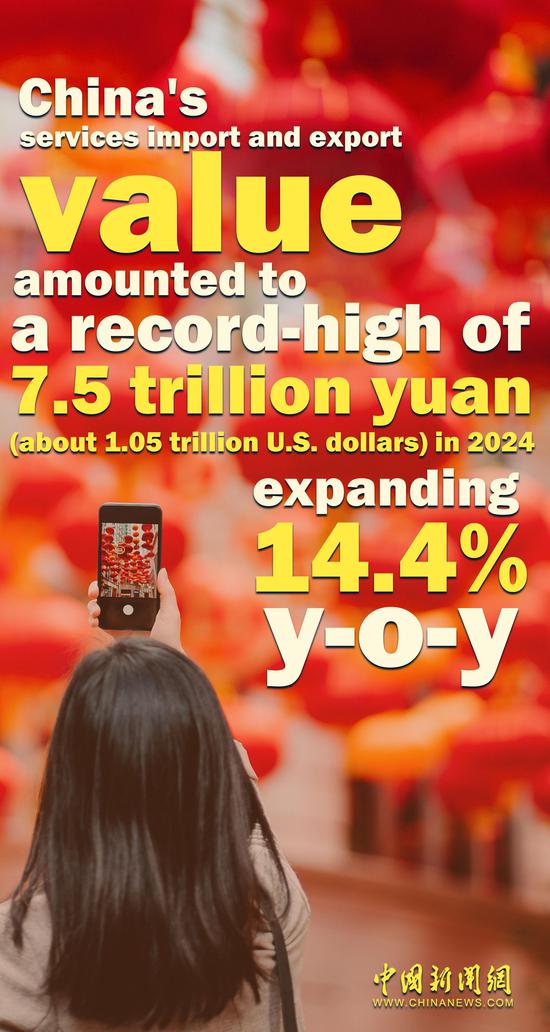
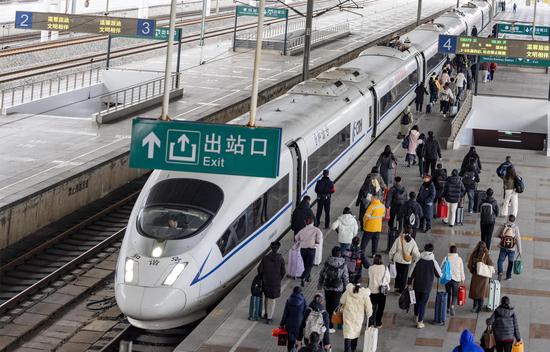
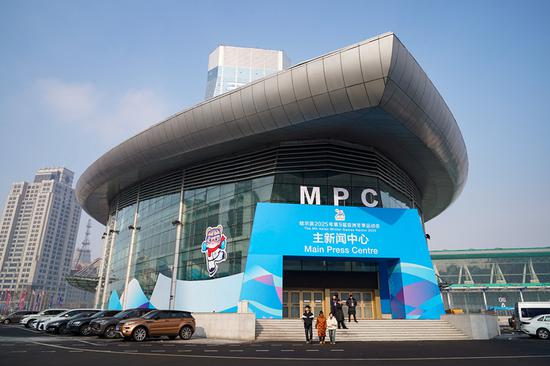


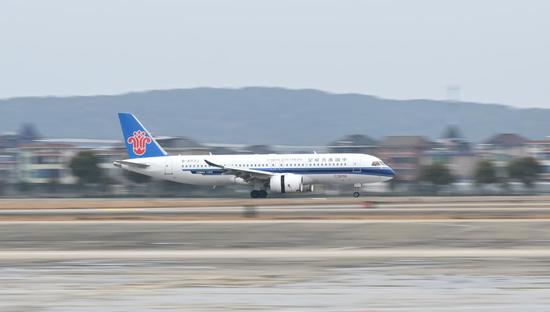


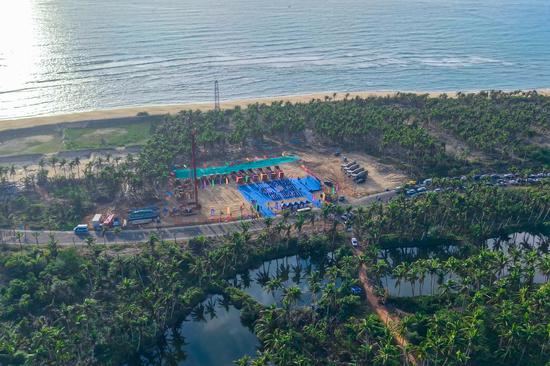



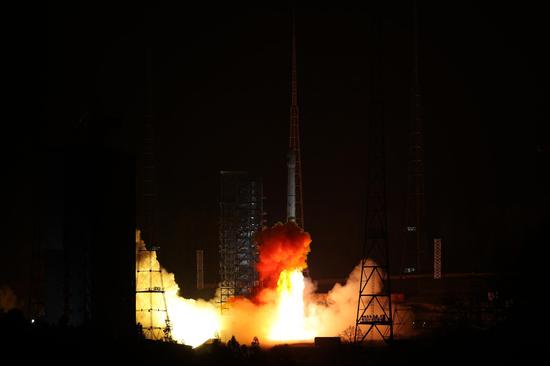


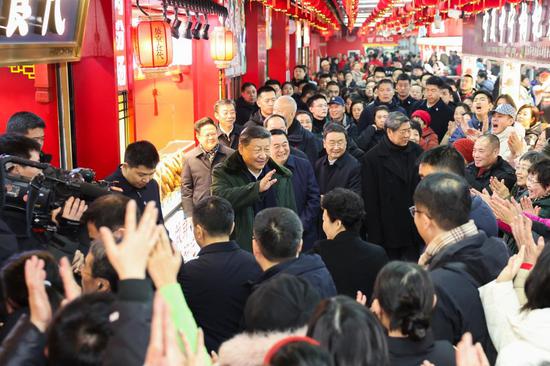
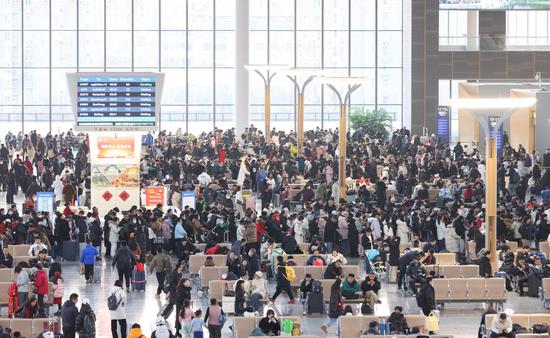




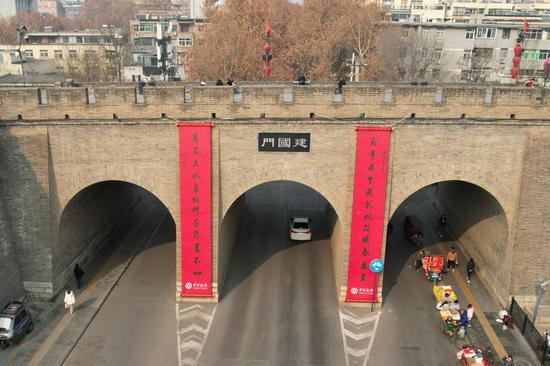

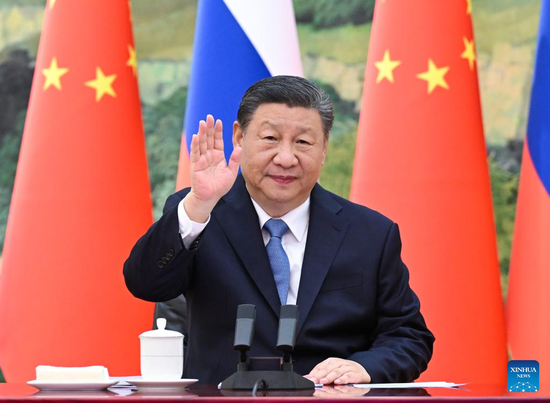
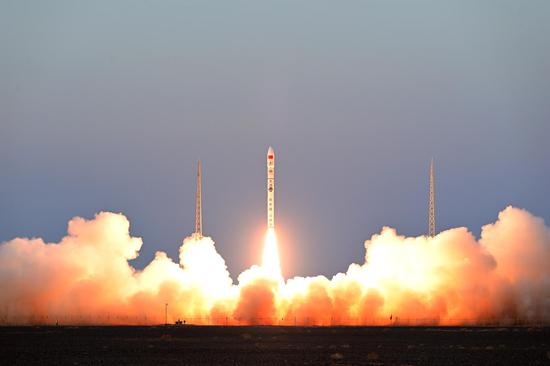




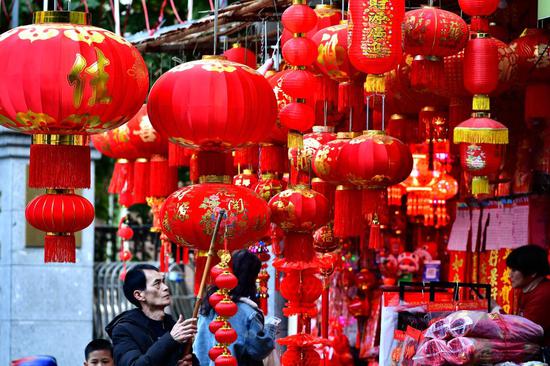







 京公網(wǎng)安備 11010202009201號
京公網(wǎng)安備 11010202009201號